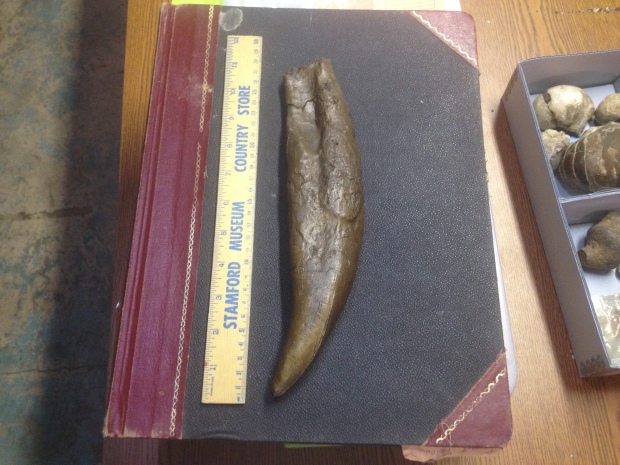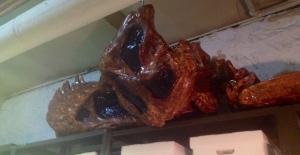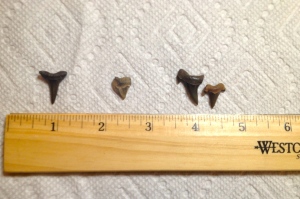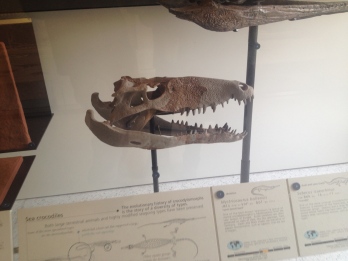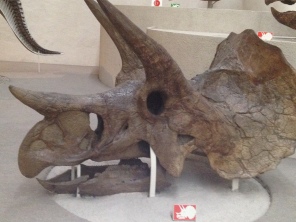Welcome to this addition of PaleoNews!
NEW FINDINGS
A new large, predatory lizard has been described from the Late Cretaceous of South Korea. Asprosaurus bibongriensis is the name of this new taxon. This animal is especially interesting as it is South Korea’s first Mesozoic lizard. Asprosaurus belongs to a possibly polyphyletic clade of varanoid lizards known as the Monstersauria. The famous Late Cretaceous Djadochta lizard that took over Citipati and Oviraptor’s egg stealing habits, Estesia, was also a member of this group. Asprosaurus was larger than Estesia and may have gone after bigger things then dinosaur eggs. There is speculation that, like other large Mesozoic non-dinosaurian animals, Asprosaurus may have fed on dinosaurs. Koreanosaurus boseongensis and fossil dinosaur eggs have been found alongside Asprosaurus in the Seonso Conglomerate Formation.
10 new rodents from the Oligocene of Oregon have been identified. The Oligocene deposits of Oregon are already known for their large mammals. These new rodents are especially important as they help us piece together the entirety of that ancient ecosystem.
THE INTERNET AND PALEONTOLOGY
At his blog, Mark Witton shares with us his wonderful artworks of the Wealden Supergroup’s biota. His work is absolutely breathtaking and I suggest you hop over there and check his illustrations out!
At LITC, another installment of Vintage Dinosaur Art is out, and this time the book Prehistoric Life is reviewed. It’s always a blast to read the LITC guys’ book reviews, so I definitely recommend reading this new edition!
At SVPOW!, Mike talks about “mega-journals” and their limits, and of possible brachiosaurid skull remains. The first post mentioned is very interesting and I suggest you go read it here! The second post, another great read, can be found here.
At dinosaurpalaeo, Heinrich tells us all about his new, crazy cool mass digitization project, and also of food snatching among avian dinosaurs. You can find those posts here and here.
Anyone else excited for T. rex Autopsy? I sure am! This new National Geographic special will show the dissection of a Tyrannosaurus rex! Check out John Hutchinson’s post here for more information.
Twilight Beasts has a fascinating post on prehistoric canids, which you can check out here. They do a really great job over there with prehistoric mammals and are very worth following if you have a wordpress account.
FEATURED ARTWORK/PHOTOGRAPH
This week we have my photo of the large Allosaurus fragilis on display at the AMNH:
 As always, if you would like to feature your artwork on here, please contact me in the comments below.
As always, if you would like to feature your artwork on here, please contact me in the comments below.
Thanks for reading PaleoNews #13, and I hope you enjoyed!


